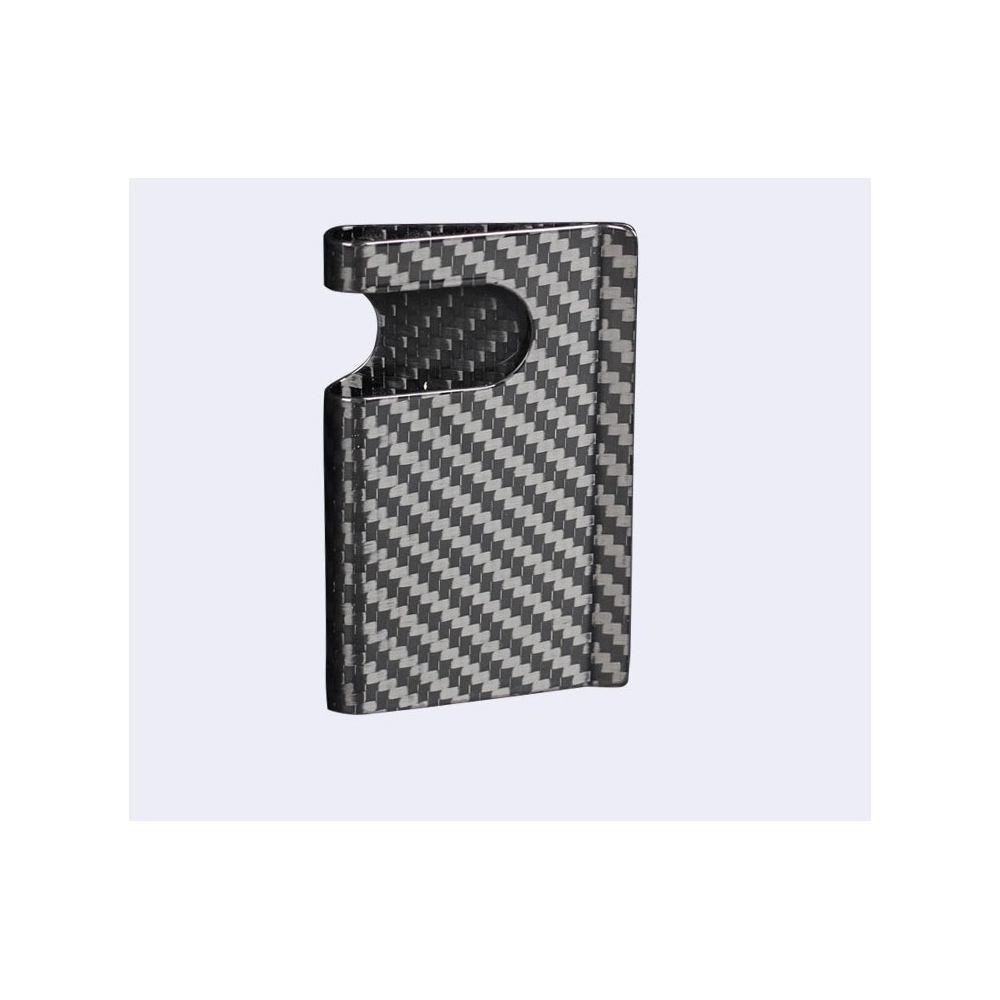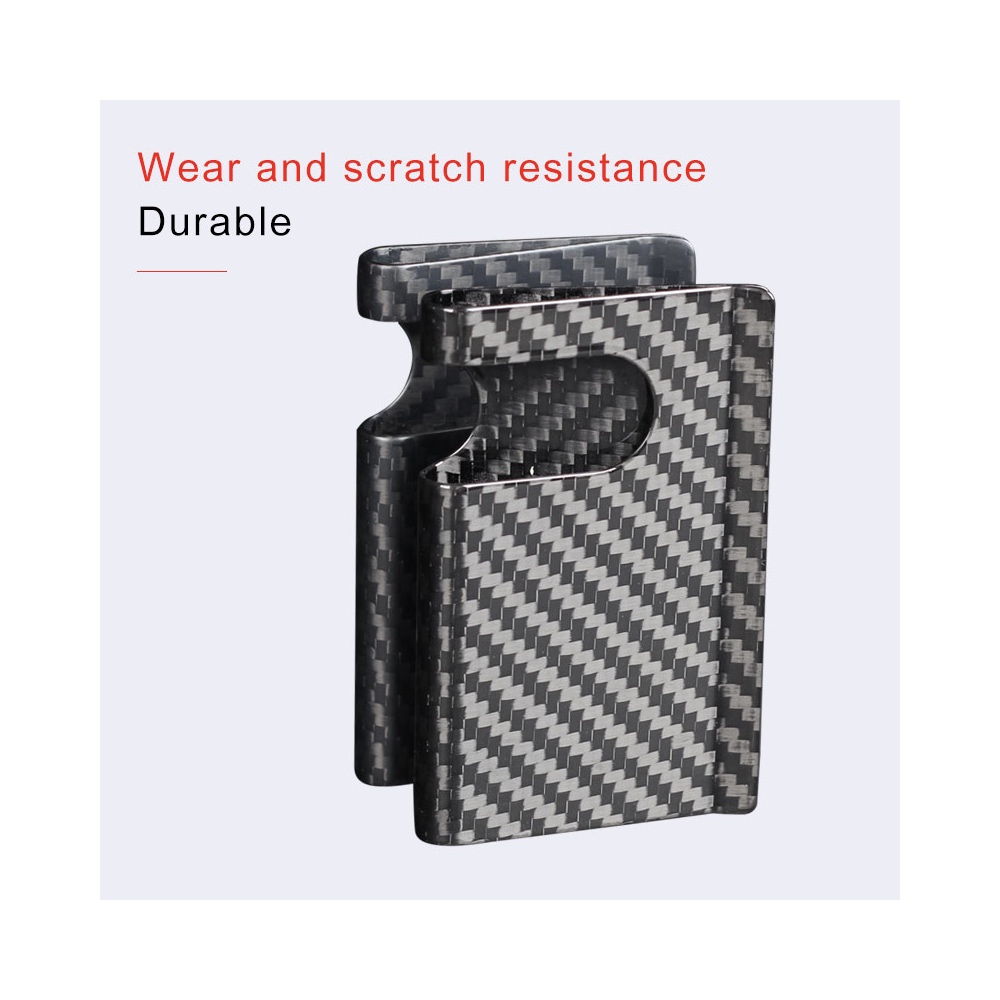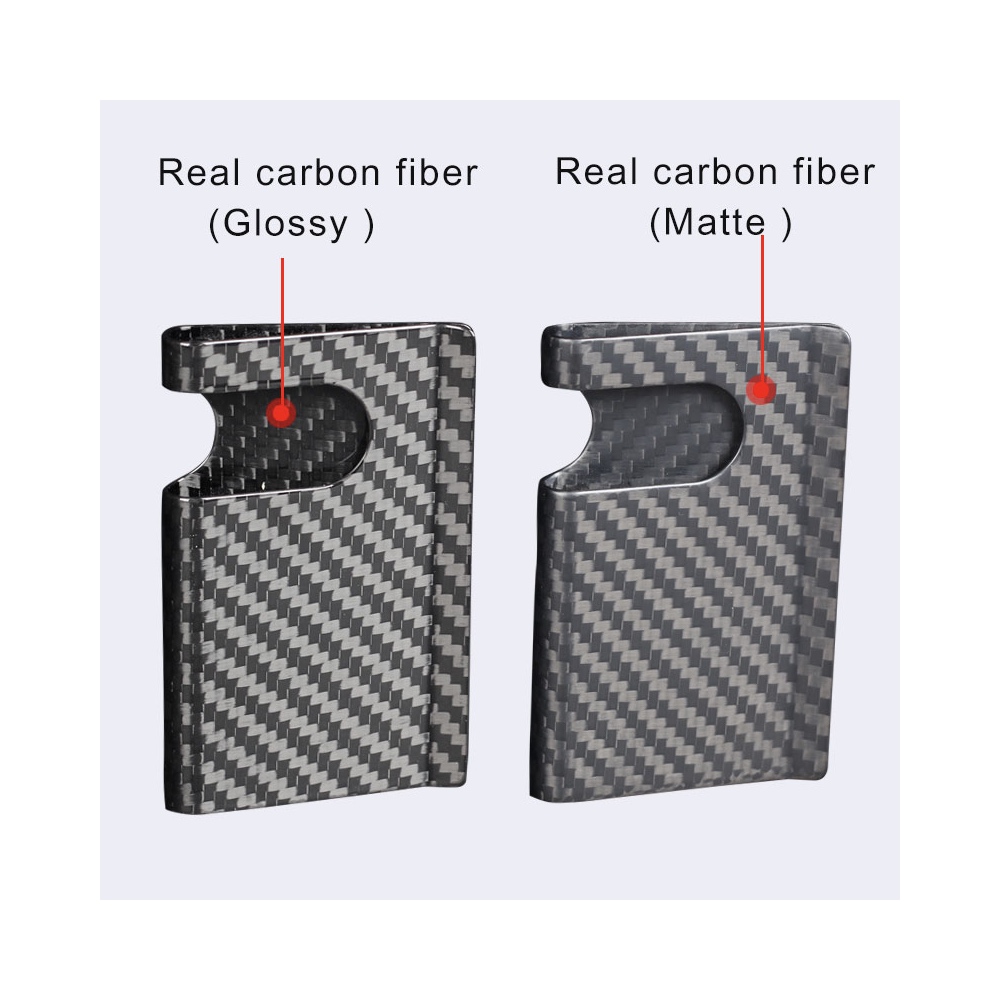Magnetic particle inspection is a non-destructive testing method that uses magnetic flux leakage and a suitable inspection medium to find discontinuities on the surface and near surface of the test piece.
Magnetic particle inspection is to apply a magnetic field to the workpiece to be magnetized (overall magnetization or local magnetization), and magnetic flux will escape from the surface of the workpiece at the surface and near surface defects to form a leakage magnetic field. The magnetic powder on the surface of the workpiece forms aggregate magnetic marks, thus showing the existence of defects.
Magnetic particle inspection methods are widely used, mainly to detect defects on or near the surface of magnetic materials. Mostly used to detect welds, castings or forgings, such as valves, pumps, compressor parts, flanges, nozzles and similar equipment. To detect defects on the inner surface of a deeper layer, radiographic or ultrasonic testing is required.
Magnetic particle inspection has the characteristics of low detection cost, convenient operation and fast response. The limitation is that it can only be applied to magnetic materials, and the depth of defects cannot be detected. The shape and size of the workpiece itself will also affect the inspection results to varying degrees.
Magnetic particle flaw detection is a magnetic flaw detection method based on the principle of magnetic flux leakage. When the magnetic field lines pass through the ferromagnetic material and its products, a leakage magnetic field will be generated at its (magnetic) discontinuity, forming a magnetic pole. At this time, sprinkling dry magnetic powder or pouring magnetic suspension, the magnetic pole will adsorb the magnetic powder, producing obvious magnetic marks that can be directly observed with the naked eye. Therefore, the magnetic trace can be used to display the defects of the ferromagnetic material and its products. The magnetic particle flaw detection method can detect the exposed surface, the tiny defects that can not be directly observed with the naked eye or with the help of a magnifying glass, and can also detect the near surface defects that are not exposed, but buried a few millimeters below the surface. Although this method can also detect volume defects such as pores, inclusions, and under-welding, it is more sensitive to area defects and is more suitable for inspection due to quenching, rolling, forging, casting, welding, electroplating, grinding, fatigue And other cracks.
There are various display methods for defects in magnetic flaw detection, those with magnetic particles and those without magnetic particles. Magnetic particle inspection is called magnetic particle inspection. It is one of the most commonly used methods because of its intuitive display, simple operation and people's willingness to use it. Those that do not use magnetic particle display are traditionally called magnetic flux leakage detection. They often use induction coils, magneto tubes, Hall elements, etc. to reflect defects. It is more hygienic than magnetic particle detection, but not as intuitive as the former. At present, magnetic particle inspection mainly uses magnetic particles to display defects. Therefore, people sometimes call magnetic particle inspection directly as magnetic inspection, and its equipment is called magnetic inspection.





money clip
Chongqing Sungrace International Trading Co.,Ltd , https://www.sungracetrading.com